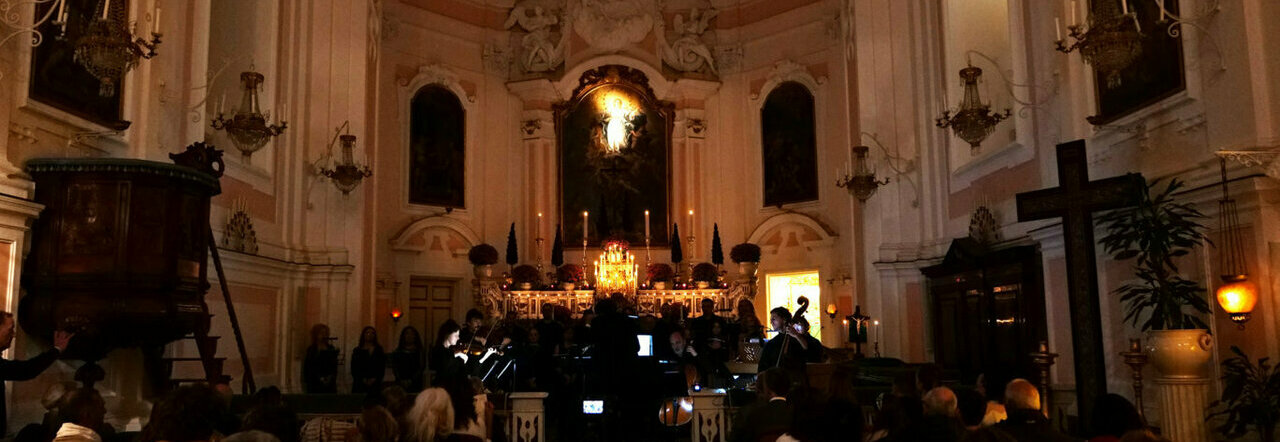Gabriel Fauré's Requiem: A Prelude to Easter Celebrations in Sorrento

Tuesday 19 March 2024, 18:30 - Last updated :
22 March, 11:35
2 Minutes of Reading
On Sunday, March 24th at 6:30 PM at the Church of the Servants of Mary in Sorrento, a preview of the second edition of the project 'Soave sia il vento Così... se fan tutti' is scheduled. The Pietà de' Turchini Foundation, together with the Venerable Congregation of the Servants of Mary, the Municipality of Sorrento, in collaboration with I.S. 'Francesco Grandi', presents the Requiem op. 48 for soloists, choir, organ, and orchestra by Gabriel Fauré, the famous French musician, organist, and composer of sacred music. The event, scheduled for Palm Sunday, presents the theme of death in correlation with the Easter celebrations.
Born from the personal and private need of the author to set to music the feelings related to mourning, after the loss of his parents, the piece represents the transition not as a painful transition but as a happy liberation. The musical performers, for the singing part, will be soprano Maria Ercolano, baritone Antimo Dell'Omo, and the Estro Armonico Choir conducted by Eleonora Laurito; for the instrumental part, Piero Massa on viola, Luca Signorini on cello, Marianna Meroni on organ, and with the Orchestra of the Real Collegio. The direction is by Antonio Maione.
The project combines excellences from the Sorrento Peninsula with those from other territories, to enrich the cultural offer and create new opportunities. Fauré began composing the Requiem in 1885, on the occasion of his father's death, which was soon followed by his mother's death. Fauré imagined this moment as 'an aspiration to happiness': so he himself writes commenting on his Requiem. The musical atmospheres are of peace and composed melancholy; there is no encounter with the terror of nothingness, as for example in the tragic Requiems of Mozart and Verdi, but on the contrary, the Christian hope in peace and eternal life is perceived. Moreover, Fauré's Requiem is very different from the romantic compositions of the same genre, first of all for its intimate, reserved, and very 'French' character.
The first version of the Requiem was performed in 1888 at the Church of the Madeleine in Paris, where Fauré was master of the chapel and organist. Subsequently, the author elaborated other versions, expanding the instrumentation and adding the splendid Pie Jesu, which replaces the Benedictus and which is perhaps the most enchanting page of the entire piece. The most famous version is the last one, from 1900 which Fauré wrote for a large orchestra. The one that will be performed on Sunday, March 24th is instead from 1893. On this occasion, moreover, the Requiem will be preceded by some short pieces, which will prepare the listener in the right spirit of meditation and reflection.
The first will be the Victimae Paschali, the Gregorian sequence of the 11th century that is traditionally sung in the Easter period: to follow O sacrum convivium by Luigi Molfino and Notre Père by Maurice Duruflé. The first part of the concert will close with another jewel of French sacred music, the delightful Tantum ergo Op. 55, by Fauré himself.
© ALL RIGHTS RESERVED
This article is automatically translated
This article is automatically translated
